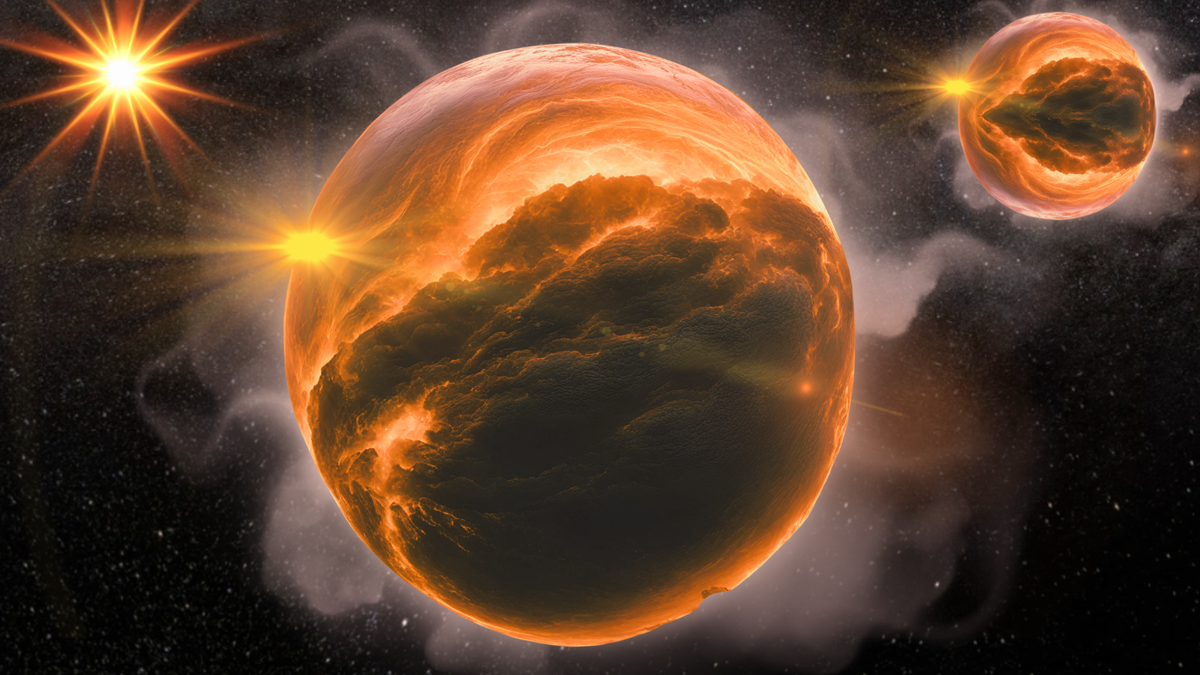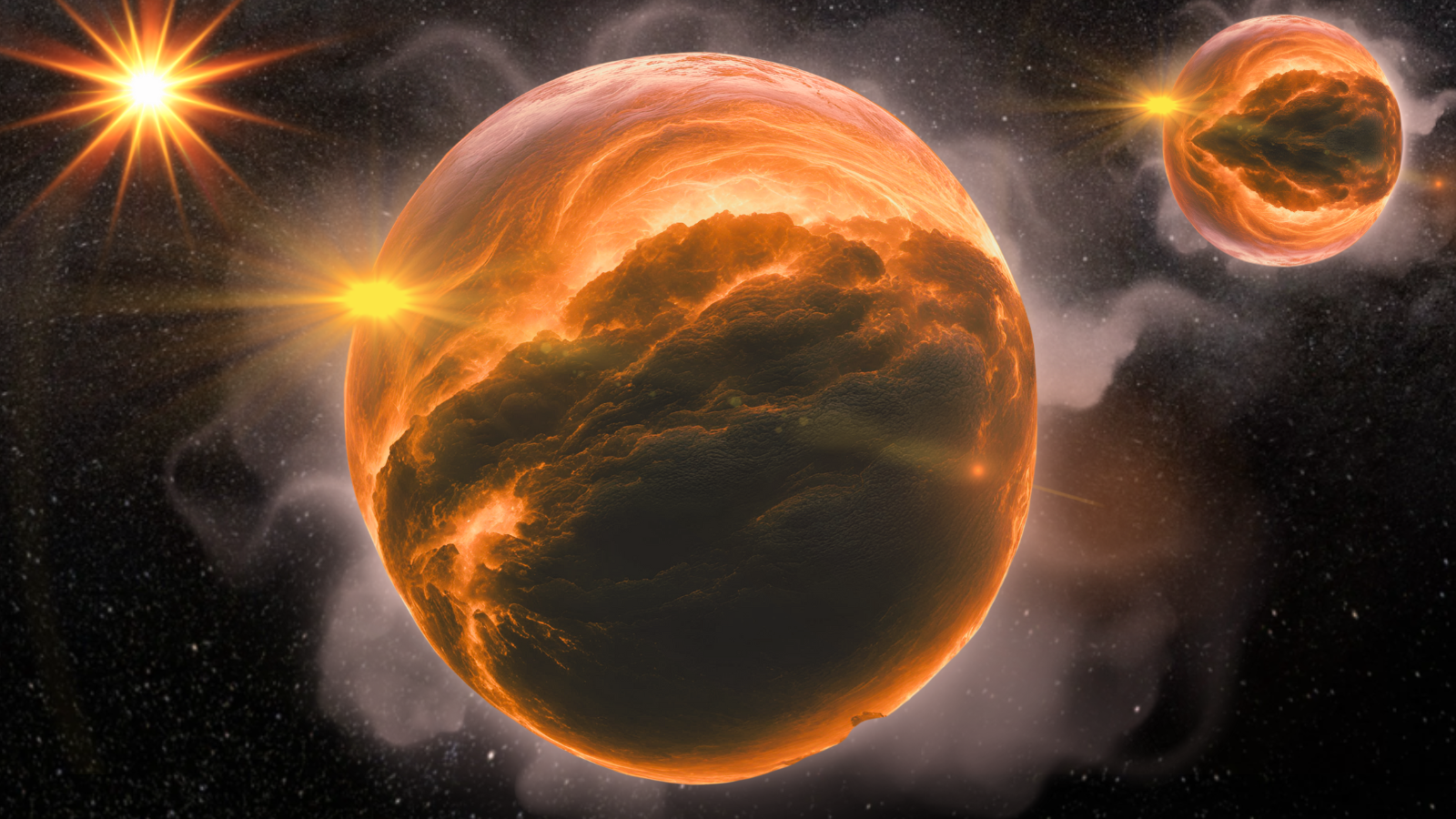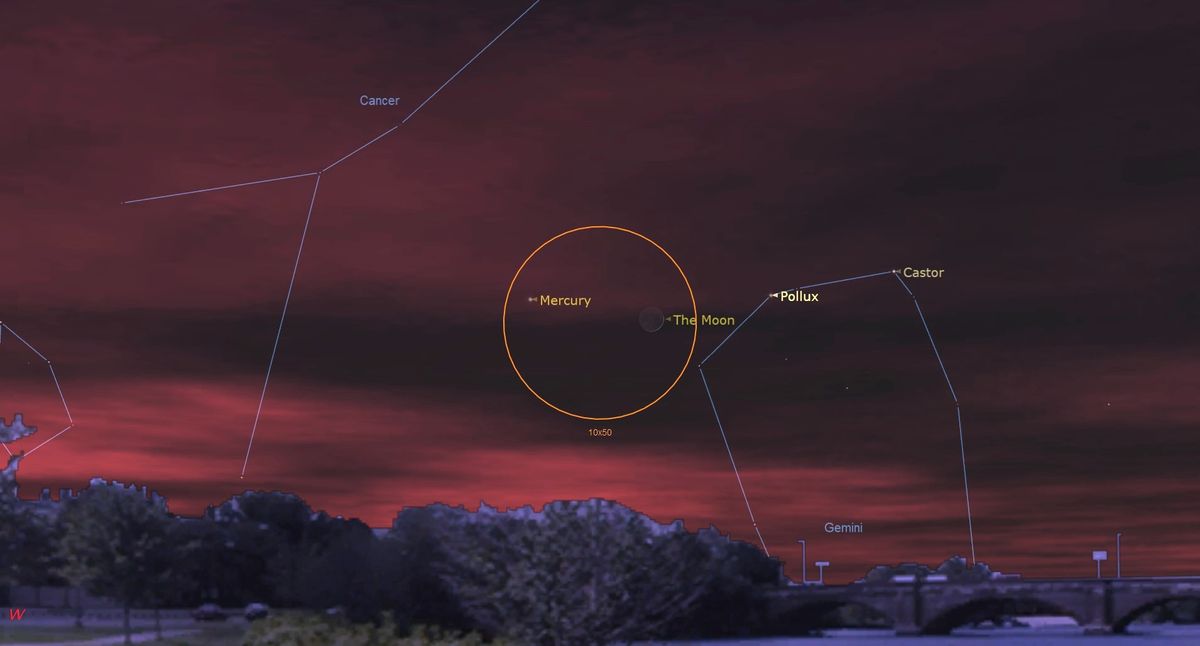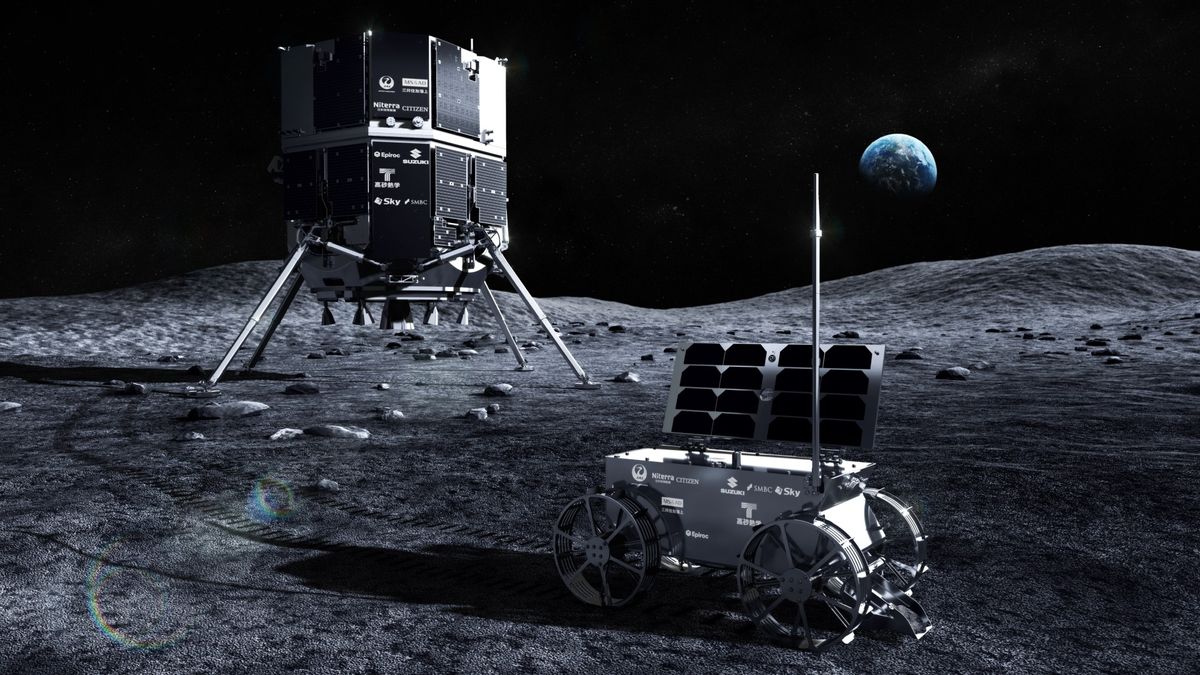Astronomers may have uncovered the curious origins of the universe’s most curious planets, so-called “double hot Jupiters.” The team behind the research hopes their discovery will help find more of these rare planets.
Hot Jupiter extra-solar planets, or “exoplanets,” are scorching hot gas giants around the size of Jupiter or above that orbit so closely to their parent stars that one of their years can last less than an Earth day. While hot Jupiters are rare, orbiting just 1% of stars, even more scarce are “double hot Jupiters.” These exoplanet pairs are found in binary star systems with one planet orbiting around each of the twin stars.
That’s a strange arrangement and one that scientists have been keen to decode as it seems to challenge theories of planet formation. This team of astronomers thinks they may have the key to this puzzle, finding that the normal, long-term evolution of binary systems can naturally lead to the formation of a hot Jupiter around each star.
The process investigated by the team is known as von Zeipel-Lidov-Kozai (ZLK) migration. This posits the idea that over periods of time, planets with unusual orbits or orbital angles can be influenced by the gravity of another object, leading them to become a hot Jupiter close to their parent star.
“The ZLK mechanism is a dance of sorts,” team leader and Yale University astronomer Malena Rice said in a statement. “In a binary system, the extra star can shape and warp planets’ orbits, causing the planets to migrate inward.
“We show how planets in binary systems can undergo a mirrored migration process, so that both stars end up with hot Jupiters.”

To reach their conclusion, Rice and colleagues performed a number of simulations of the evolution of binary stars with two planets using the Grace computing cluster at the Yale Center for Research Computing with data from NASA’s Exoplanet Archive and from the European Space Agency (ESA) star-tracking mission Gaia.
“With the right code and enough computing power, we can explore how planets evolve over billions of years — movements that no human could watch in a lifetime, but that still could leave imprints for us to observe,” Yale researcher Yurou Liu said.
The unintended consequence of the team’s research is that it makes planet-formation models a whole lot more interesting.
“We would expect giant planets to form far away from their host stars,” Liu said. “This makes hot Jupiters both accessible and mysterious — and a worthwhile subject to study.”
As for the hunt for more double hot Jupiters, the team suggests revisiting binary systems in which one hot Jupiter has already been discovered. The only catch is: these parent stars need to have a separation that is not too close and not too far, but just right.
“Our proposed mechanism works best when the stars are at a moderate separation,” explained team member and Yale research Tiger Lu. “They need to be far enough apart that giant planets are still expected to form around each star, but close enough together for the two stars to influence each other during the system lifetime.”
Goldilocks binary stars, anyone?
The team’s research was published on June 10 in The Astrophysical Journal

























